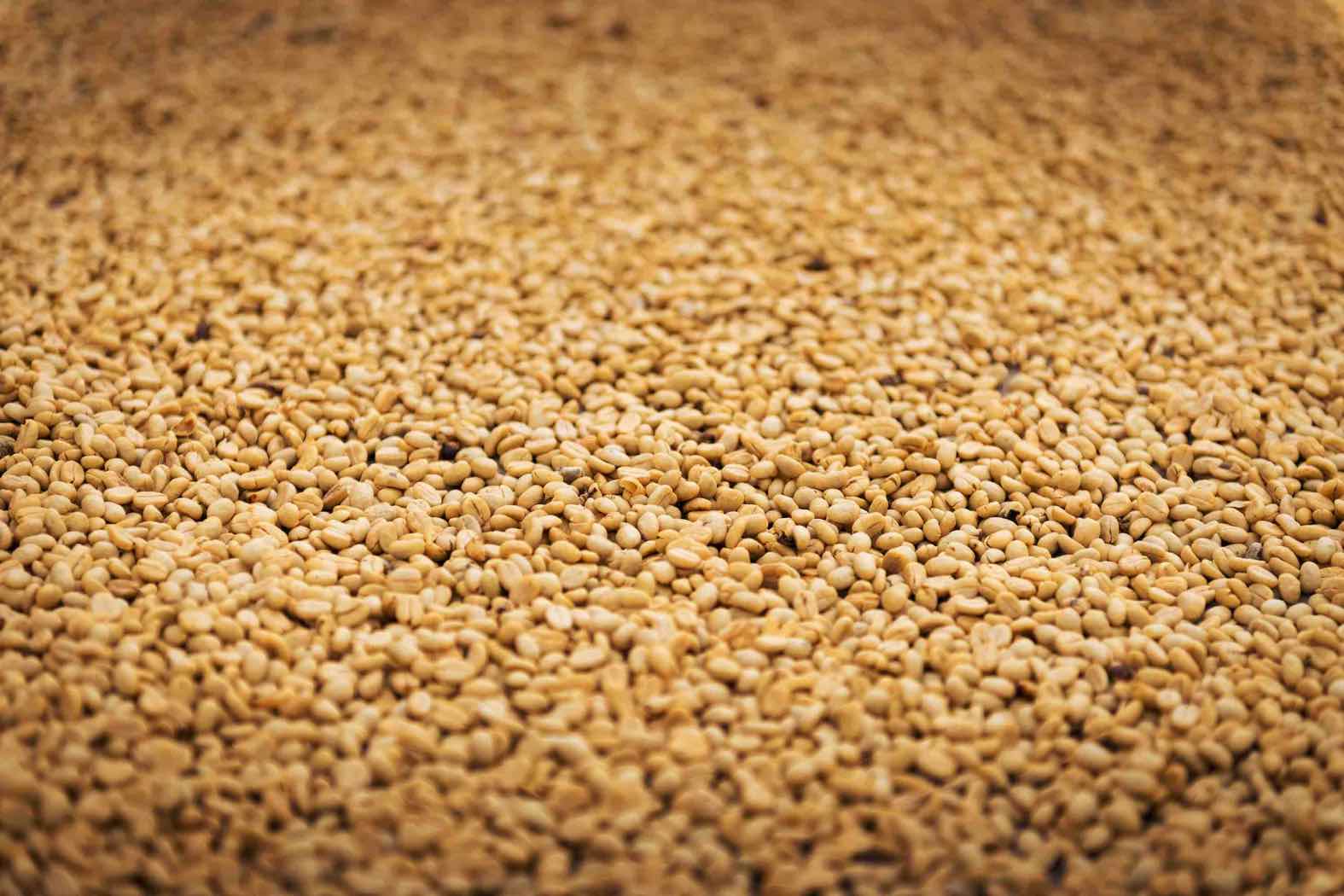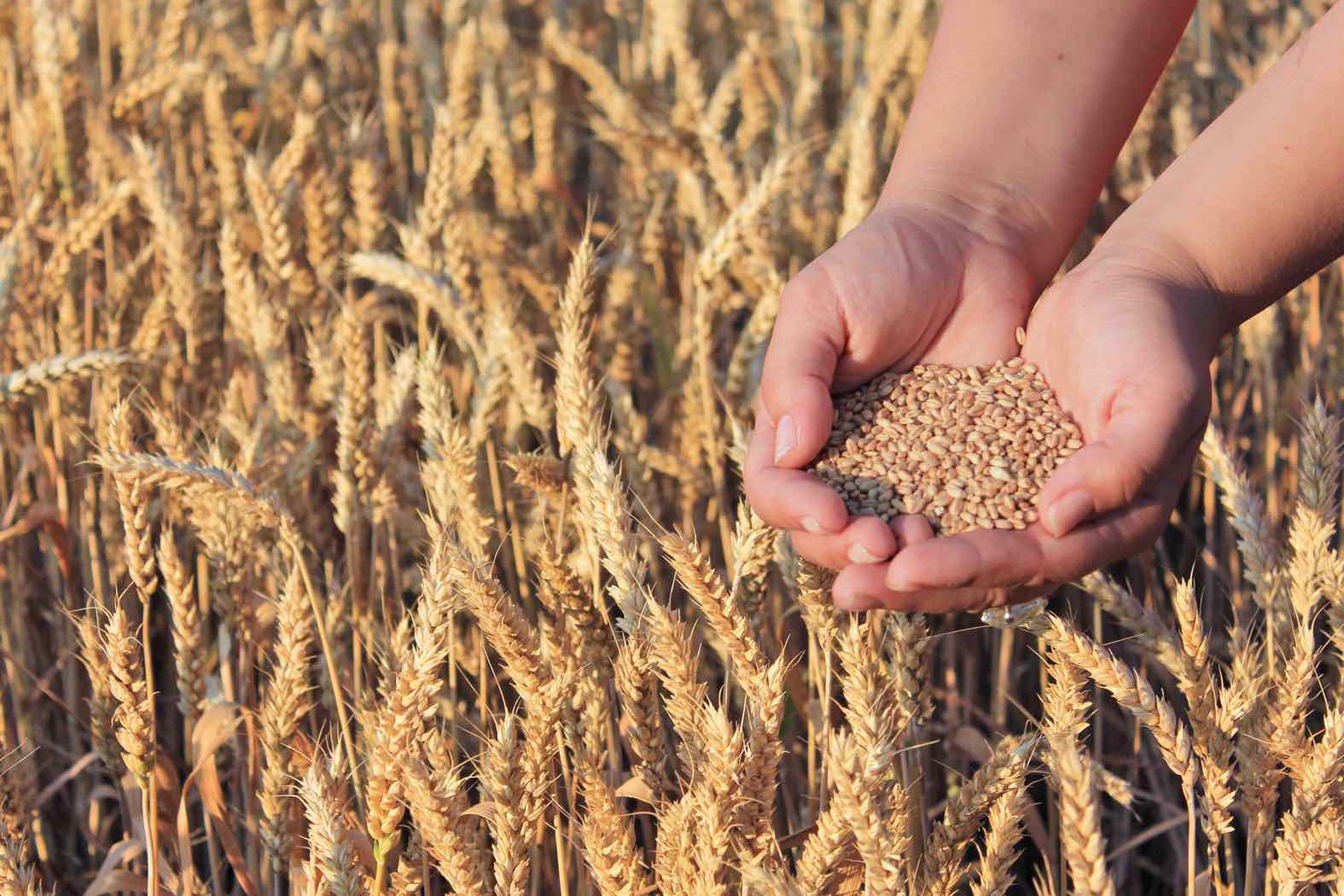Fundamentals of Grain Storage
Grain quality highly depends on proper management of storage. The grain quality and the condition of the facility at the time of storage, as well as weather and weather changes during storage such as temperature and humidity all play a big role in the quality of the grain.
Insects are often found in grain that has been stored for some time and/or has warmed up due to different factors. Insects can include those that feed directly on the grain, referred to as primary pests, and those that feed on grain that is damaged or is going out of condition referred to as secondary pests. Knowing the identity of insects found in stored grain is critical for determining whether a control is needed and what methods would be most economical.
Problems often occurring are:
• Hot spots
• Crusty top layer
• Discoloration of grain
• Insects
• Mould
We at Brenner Inc. give recommendations and offer solutions.
Depending on whether it’s organic or conventional grain, the handling methods will vary. We offer our services to ensure the following factors are in place:
• Clean storage facilities, inside and out
• Clean equipment being used to move grain
• Inspect grain storage facilities for signs of deterioration, especially for leaks or holes through which insects or rodents can gain access to the stored grain
• Treating storage facilities. Depending on the commodity to be stored, storage facilities may additionally be sprayed or dusted, if needed, with a recommended pest control before storing grain (e.g. diatomaceous earth).
• Problems in stored grain can be detected by using a probe as well as a number of other tools to draw product samples.
Our services include frequent surveying and monitoring, as well as recommendations in case actions are required to ensure the quality of the grain is not compromised during storage. Samples can be sent to a lab of your choice and tested for any parameter requested.



